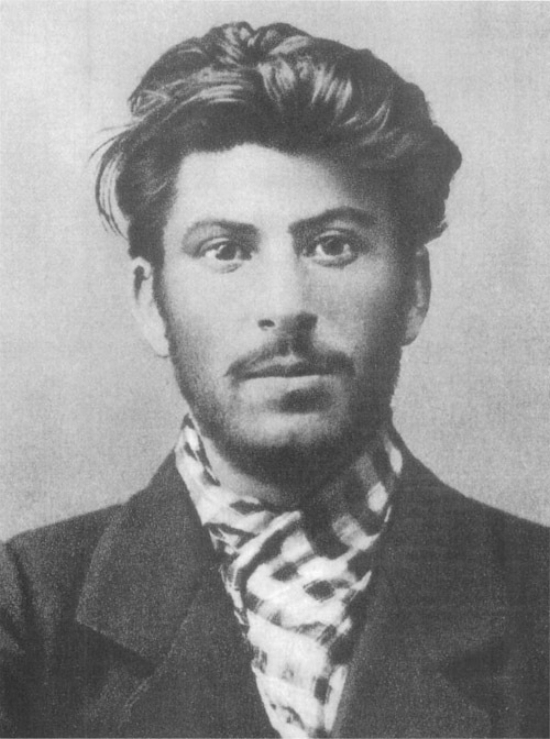Back in St Petersburg, one of the Tsars advisors, Sergei Witte, began industrialising the nation, despite the Tsar thinking it was a waste of time. He borrowed some money from France and used it to build factories. Despite these attempts to modernise, the conditions in these factories were awful. Rats were frequent sights to be seen, workers would sleep in smelly cramped dormitories and arms could be torn off in the heavy machinery. And they all went on strike. The liberals asked for reform, the farmers were all starving and the workers now wanted better working conditions. In order to distract them from the crisis, Nicholas decided to go to war with Japan to bring in some Russian pride, a plan that backfired as Japan won the war relatively quickly, taking a part of Russia’s land. Revolution was right around the corner and all it needed was one little push.
An Orthodox Priest by the name of Father Gapon lead a peaceful march to the palace on January 22nd, 1905, wanting to deliver a petition to Nicholas, asking for freedom and better working conditions. Nicholas, however, had left the palace a few days before, sending in troops to stop Gapon’s protest from getting to the palace. In response to this non-violent protest, the Russian army fired upon the protestors

Around 200 people died on the day that would later become known as Bloody Sunday. Despite not having issued the order, all the blame was placed on Nicholas. The nation erupted into political unrest, as rumours of soldiers defecting to the revolutionaries, all while Russia was still losing to Japan. During all this, Marxists established local elected councils called Soviets who coordinated strikes and supplied workers, created by Leon Trotsky. Eventually, Sergei allowed the Liberals to form a government called the Duma, who would help the Tsar decide important issues. He ended the war with Japan and brought the military forces back to violently quell the remaining uprisings. Meanwhile, Nicholas also wrote new laws, allowing him to dissolve the Duma whenever he pleased, something that tended to happen a lot. Still in exile, Lenin believed that Russia had missed its chance at a true revolution and the only way to get that was through a violent armed uprising from the working class.
After the revolution, the Tsar replaced Sergei with Pyotr Stolypin, who thought that to stop more uprisings, the people must be beaten into submission, more than they already were. Some who disagreed with the Tsar were even hanged. Despite the repression, positive reforms were managing to get passed and the economy was on the rise. Lenin soon found that, without the suffering of the people, a Communist uprising would never occur and they would never get enough funding. Around this time was when he met a handsome Georgian by the name of Joseph Dzhugashvili or, as many people know him today, Stalin. Stalin would hold up banks, rob people and commit other such crimes in order to get more party funding. Stalin’s loud antics, while gaining party funding, also got him exiled to Siberia.

While Russia’s economy was on the up, Nicholas acquired a new ally, Grigori Rasputin.

Rasputin was a man of mystery. He was, ultimately a peasant who was practically homeless but claimed to have magic powers that were healing Nicholas’ sickly son, Alexei. Surprisingly, this allegedly worked, perhaps because he took him off his doctor prescribed meds but that’s besides the point. The point is that Nicholas had found this random homeless man off the street who claimed to be magic and brought him into the Russian Royal Family like one of their own, an action that began to turn heads.
But ultimately, if this crazy wizard’s powers did “work” in healing Alexei, and the economy was on the up, as long as Nicholas didn’t do anything too stupid, there would be no more revolutions. Unfortunately, a Serbian terrorist had to shoot an Austrian Archduke in Bosnia, thrusting Russia into World War 1.
